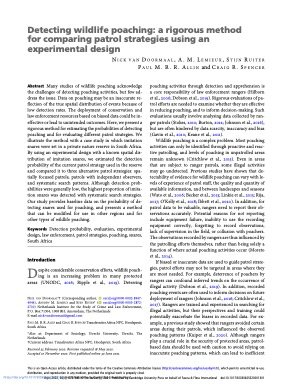By Claire Duddy, William Downs
What are controlled drugs? Controlled drugs are substances that are considered harmful to human health and subject to legal controls. In the UK, these drugs are categorised as Class A, Class B or Class C according to their potential harm. Class A drugs like heroin and cocaine are considered the most harmful. They are subject to the strictest legal controls and penalties for misuse. Controlled drugs legislation The Misuse of Drugs Act 1971 regulates the production, supply and possession of controlled drugs in the UK. The act is complemented by the Misuse of Drugs Regulations 2001, which set out exceptions that allow the lawful possession and use of certain controlled drugs for medical, dental and veterinary use. The regulations categorise drugs into five schedules, according to their medical usefulness and the potential harms of misuse. Schedule 1 drugs are considered to have no legitimate current medical use and are the most tightly controlled. Classification and scheduling decisions The Advisory Council on the Misuse of Drugs (ACMD) is an independent expert advisory body that advises the government on the classification and scheduling of drugs. The Home Secretary can make changes to the classification of a drug after consultation with the ACMD. However, the government is not required to take their advice. The Library Insight Nitrous Oxide becomes a Class C drug describes how nitrous oxide was classified as a Class C substance, despite ACMD advice that it should become a controlled drug. Drug offences and enforcement It is an offence to import, produce, supply or possess a controlled drug, except in circumstances specified in law. The maximum sentences available are specified in schedule 4 of the Misuse of Drugs Act 1971. In England and Wales, sentencing guidelines set out the appropriate sentence for convicted offenders. The drugs market is dominated by serious and organised crime groups, with several UK enforcement agencies involved in seeking to tackle the production, supply and importation of drugs. The National Crime Agency and Regional Organised Crime Units work with regional police forces and the British Transport Police, to tackle drug supply operating across police force boundaries, including county lines. The National Crime Agency also leads on cooperation with international agencies oversees to tackle international supply lines. Border Force is the lead agency for seeking to intercept drug shipments from crossing UK borders. Responding to drug possession The possession of any controlled drug is an offence under section 5 of the Misuse of Drugs Act 1971, carrying a penalty of up to 7 years’ imprisonment. However, in many cases people found in possession of small quantities of drugs for personal use will not be prosecuted. The police have a large degree of discretion when deciding to arrest and prosecute an individual for drug possession or whether instead to issue an out of court resolution. In some areas of England and Wales, drug diversion programmes are being trialled to refer people into drug treatment services as an alternative to criminal justice sanctions entirely. There has also been debate about whether the government should go further in embracing a health-led approach to people who use drugs. For example, the Home Affairs Committee in 2023 called for responsibility for misuse of drugs to be jointly owned by the Home Office and Department of Health and Social Care, and for a wider use of drug diversion schemes and harm reduction measures. Changes to controlled drugs legislation There have been multiple calls for reform of controlled drugs legislation in the UK, including calls to change how drugs are classified and scheduled under the legislation. In December 2024, the Controlled Drugs (Procedure for Specification) Bill, a Private Member’s Bill sponsored by Alex McIntyre MP, is due to have its second reading in the House of Commons. This bill proposes changes to the processes used to change drug classifications. It aims to allow the government to make changes more quickly and allow corresponding changes to the classification of drugs (under the Misuse of Drugs Act) and scheduling of drugs (under the Misuse of Drugs Regulations) to be made at the same time.
Research Briefing, London: House of Commons Library, 2024. 36p.





















